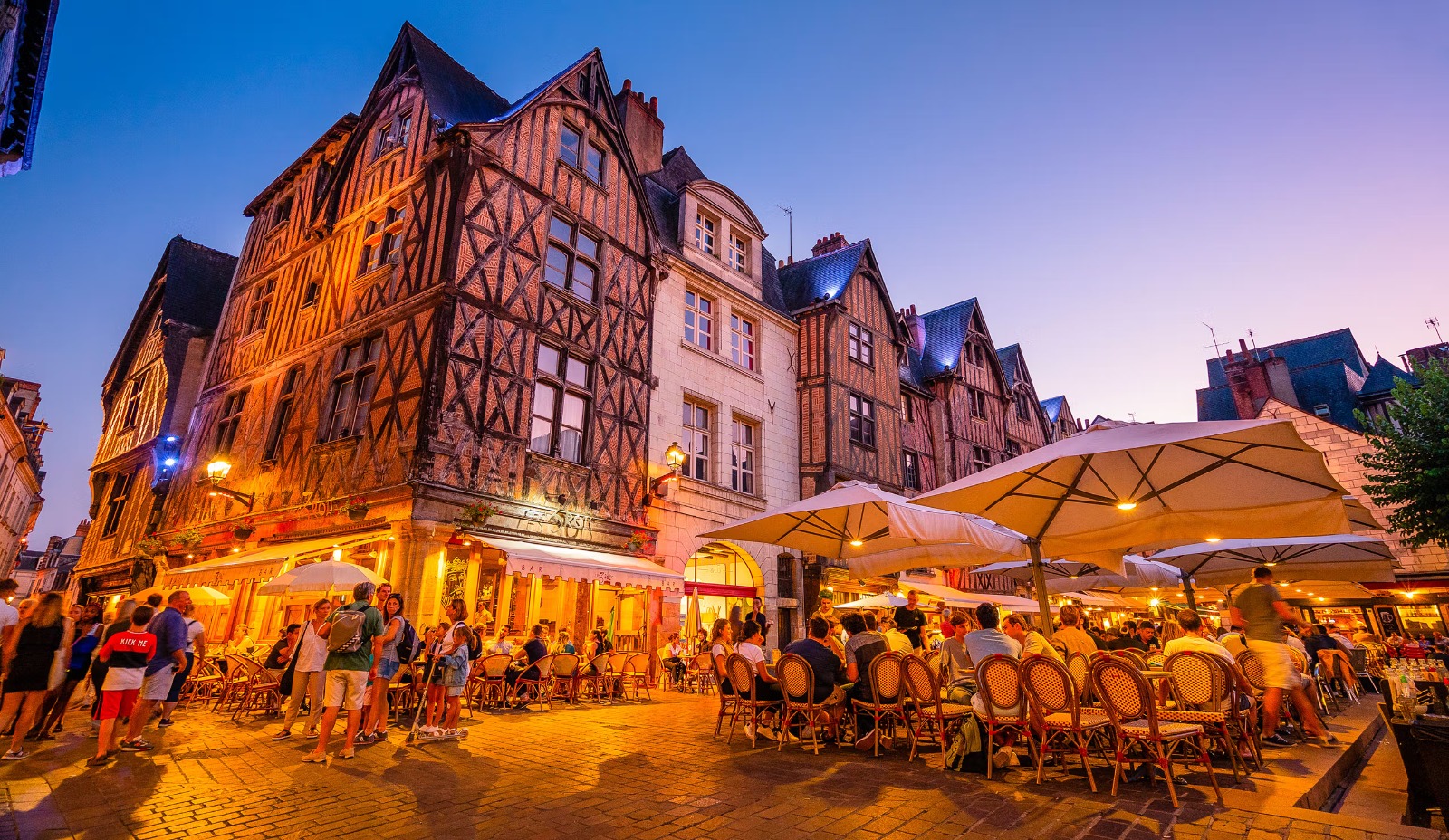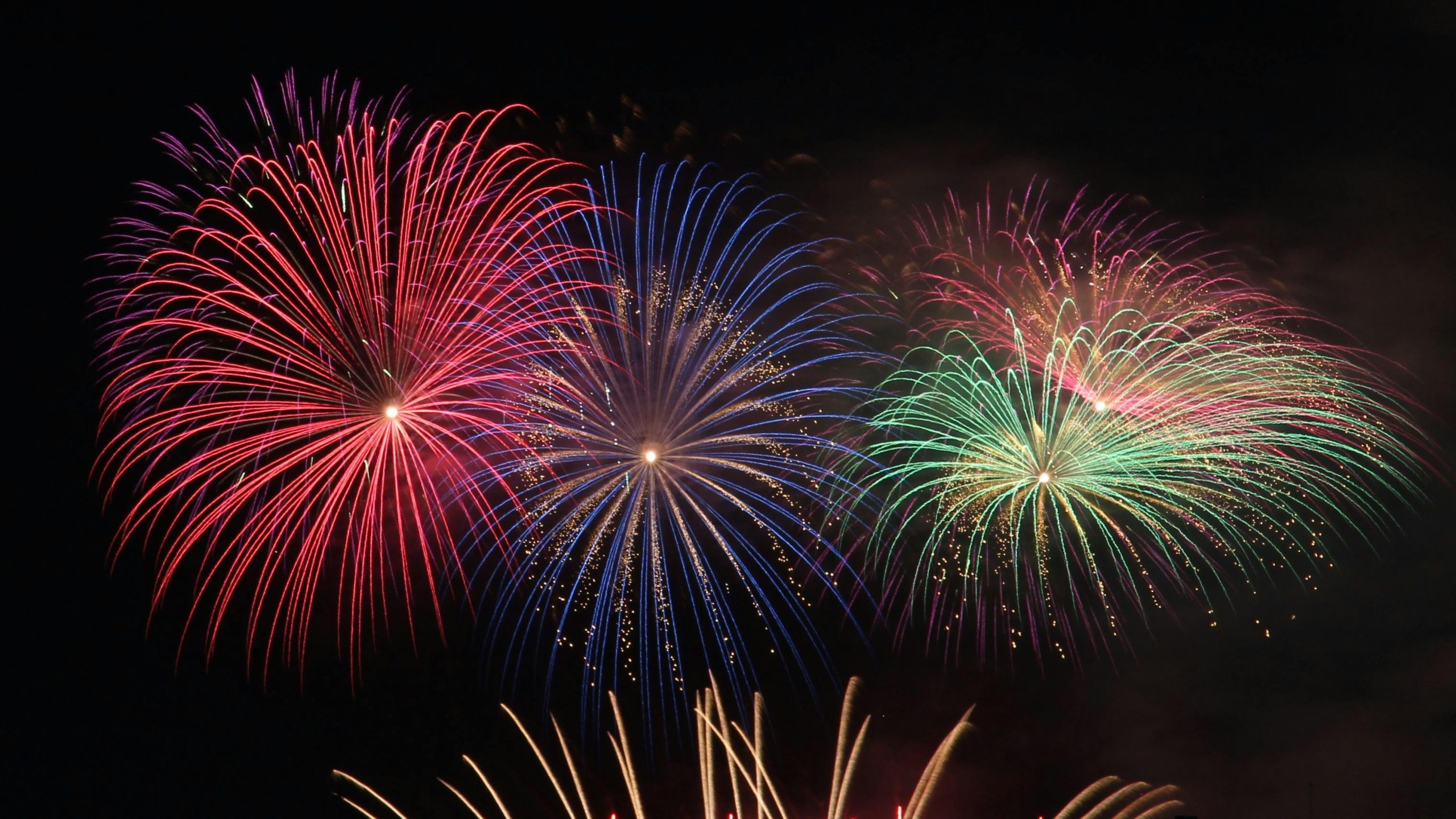The Cultural heritage of Bangladesh is a rich and vibrant mosaic that reflects centuries of tradition, religion, art, architecture, language, and lifestyle. To travel through the Cultural heritage of Bangladesh is to journey through time itself, where each monument, folk performance, craft, and celebration holds echoes of the past. The Cultural heritage of Bangladesh is deeply intertwined with the lives of its people, visible in daily practices, local attire, culinary habits, and storytelling. From ancient archaeological sites to centuries-old mosques, temples, and monasteries, the Cultural heritage of Bangladesh captures the diversity and depth of South Asian civilization. The Cultural heritage of Bangladesh spans Buddhist, Hindu, Islamic, and tribal traditions, all harmoniously coexisting in various forms across the country. A visit through the Cultural heritage of Bangladesh is incomplete without exploring its rural villages, where age-old customs still thrive. The Cultural heritage of Bangladesh also includes performing arts like Jatra (folk theatre), Baul music, and Nakshi Kantha embroidery that tells stories with every thread. Whether you are exploring museums, attending local festivals, or visiting riverfront towns, the Cultural heritage of Bangladesh offers insight into a nation built on creativity, resilience, and expression. In every region, you’ll find that the Cultural heritage of Bangladesh is proudly preserved, taught to children, and celebrated through rituals and festivals. To truly understand the soul of this land, one must dive deep into the Cultural heritage of Bangladesh—a journey that is enlightening, colorful, and truly unforgettable. Discovering the Cultural heritage of Bangladesh is more than sightseeing—it is an emotional, intellectual, and sensory adventure that leaves a lasting impression.
Exploring Ancient Sites and Historical Monuments
The tangible side of the Cultural heritage of Bangladesh can be found in its magnificent historical sites and ancient architecture. Places like Mahasthangarh, Paharpur, and Mainamati bear testimony to a glorious past steeped in learning, religion, and artistic excellence. These sites are not just remnants; they are sacred grounds where the Cultural heritage of Bangladesh was nurtured over millennia. The Sixty Dome Mosque in Bagerhat, a UNESCO World Heritage Site, reflects the fusion of Islamic art and Bengali culture, while the Hindu temples at Puthia are known for their intricate carvings and vibrant ceremonies. The Cultural heritage of Bangladesh is preserved in the stones of these monuments, offering a tangible connection to the country’s pre-colonial glory.
Village homes still preserve terracotta decorations inspired by ancient craftsmanship. In Rajshahi, Lalmai, and Bogura, archaeological museums provide deeper insights into how the Cultural heritage of Bangladesh evolved through centuries. The Mughal-era forts, British colonial buildings in Dhaka, and traditional bamboo houses of the hill tracts all represent different layers of the Cultural heritage of Bangladesh. Walking through these sites, one can feel the pulse of a civilization that has embraced change while preserving its identity.
Folk Arts, Music, and Traditional Lifestyle
The living, breathing Cultural heritage of Bangladesh is seen in its music, dance, crafts, and daily life. Baul singers, with their spiritual and philosophical lyrics, are guardians of Bengali mysticism. Lalon Shah, one of the most iconic figures in Baul tradition, remains central to the Cultural heritage of Bangladesh, influencing generations of musicians and poets. Similarly, Jatra and Alkap performances keep folk theater alive in rural communities, while puppet shows entertain and educate children.
The Cultural heritage of Bangladesh thrives in the intricate patterns of Nakshi Kantha, hand-embroidered quilts that tell stories of love, sorrow, and village life. The art of Jamdani weaving, recognized by UNESCO, represents the luxurious textile tradition that once adorned royalty. Clay dolls, bamboo crafts, and pottery are still made using techniques passed down through generations.
Cuisine also plays a key role in the Cultural heritage of Bangladesh. Traditional dishes like panta bhaat, shorshe ilish, and sweets such as roshogolla are prepared during festivals and family gatherings, preserving culinary traditions. Each meal becomes a reflection of history, region, and identity.
Celebrations and Religious Harmony
The Cultural heritage of Bangladesh is celebrated most vibrantly through its festivals. Pohela Boishakh, the Bengali New Year, is a nationwide celebration that brings people of all backgrounds together in music, food, and cultural performances. Durga Puja, Eid-ul-Fitr, Buddha Purnima, and Christmas are celebrated with equal enthusiasm, showcasing the inclusive and tolerant nature of the Cultural heritage of Bangladesh.
Festivals often feature traditional attire like the saree and panjabi, as well as handmade jewelry and flower garlands. Rituals, parades, and cultural fairs reflect the diversity and richness of the Cultural heritage of Bangladesh, where joy, prayer, and performance blend seamlessly.
Why Choose Us for Your Cultural Heritage Tour?
We specialize in curated, authentic tours that take you deep into the Cultural heritage of Bangladesh. With expert guides who are passionate about history and culture, we ensure that your journey is immersive and insightful. We design our itineraries to include not just famous landmarks but hidden gems—local craft villages, Baul music gatherings, rural kitchens, and artisan workshops.
Choosing us means gaining deeper access to the Cultural heritage of Bangladesh through personalized experiences, including home-cooked meals with local families and visits to festivals. Our commitment to responsible tourism supports local communities, preserves cultural practices, and respects traditions. From comfortable transport to multilingual guides, we ensure your journey through the Cultural heritage of Bangladesh is safe, educational, and unforgettable.
FAQs about Traveling through the Cultural Heritage of Bangladesh
1. What are some must-visit places to experience the Cultural heritage of Bangladesh?
Key destinations include Mahasthangarh, Paharpur, Bagerhat, Sonargaon, Puthia, and Rangamati. Each region reflects a unique aspect of the Cultural heritage of Bangladesh.
2. Is it suitable for families and children?
Absolutely! Exploring the Cultural heritage of Bangladesh can be educational and fun for all ages. Interactive exhibits, music, and storytelling make it engaging for kids.
3. When is the best time to explore the Cultural heritage of Bangladesh?
The cooler months from November to March are ideal. Many cultural festivals also take place during this period, enhancing your travel experience.
4. How can I support local artisans and communities?
By purchasing local crafts, staying in eco-lodges, and participating in cultural tours, you directly contribute to preserving the Cultural heritage of Bangladesh.
5. Are guided tours available in multiple languages?
Yes, our guides are fluent in English, Bengali, and other languages to ensure all visitors can fully enjoy and understand the Cultural heritage of Bangladesh.
Conclusion
The Cultural heritage of Bangladesh is a vivid tapestry woven with tradition, history, and resilience. From ancient ruins to vibrant festivals, from soulful music to intricate crafts, every experience enriches your understanding of this beautiful country. Traveling through the Cultural heritage of Bangladesh isn’t just a journey—it’s a celebration of life, identity, and timeless culture. Let us guide you through this unforgettable exploration, where every step brings you closer to the heart of Bangladesh.











Leave a Reply